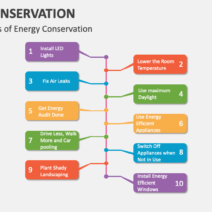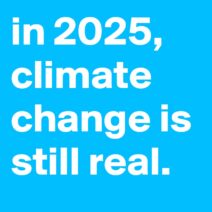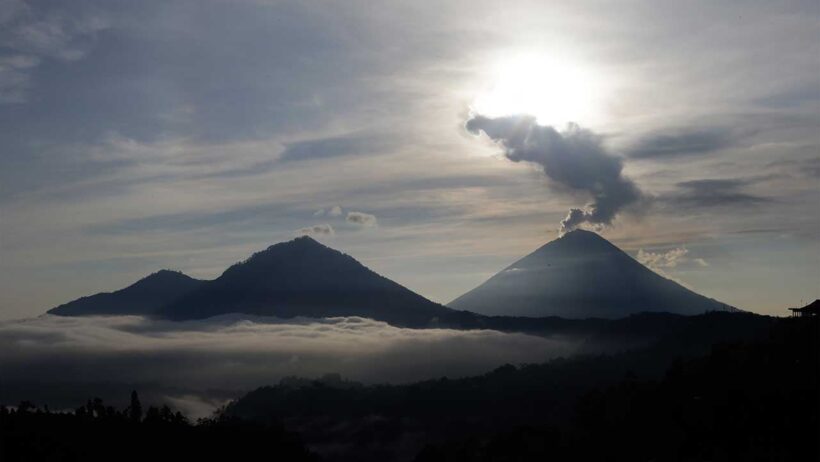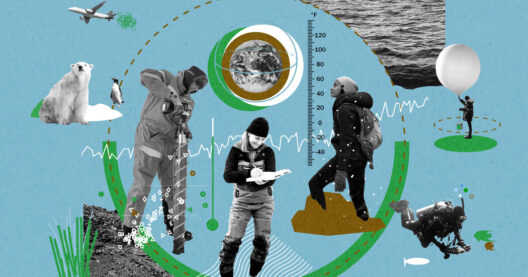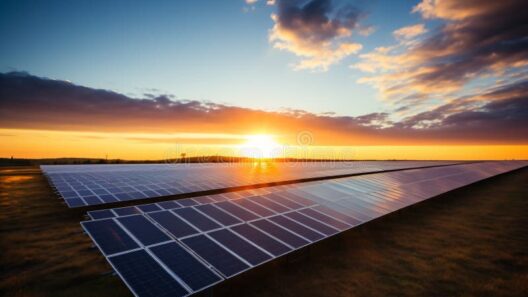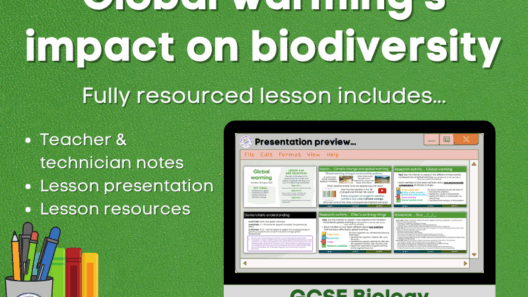Climate change is an intricate and multifaceted issue that has captivated the attention of scientists, policymakers, and concerned citizens alike. As we witness the dire consequences of global warming unfold before our eyes, a curious question arises: does increased volcanic activity stem from global warming? This inquiry not only piques the interest of those concerned about environmental shifts but also invites a deeper examination of the complex interplay between our planet’s climatic conditions and geological phenomena.
The connection between climate change and volcanic activity is not immediately apparent. Typically, volcanoes are seen as arresting forces of nature, erupting sporadically and often cataclysmically, regardless of terrestrial climates. Thus, the notion that global warming could influence volcanic behavior introduces an intriguing dynamic to our understanding of Earth’s systems. While the paths linking climatological shifts and volcanic activity are not straightforward, several factors may provide compelling evidence for this intriguing relationship.
Firstly, it is essential to grasp the mechanisms underlying volcanic eruptions. Volcanoes act as openings in Earth’s crust, allowing molten rock, gases, and ashes to escape from deep within the mantle. The factors influencing the eruptive behavior of a volcano include tectonic activity, magma movement, and pressure build-up caused by gas accumulation. Changes in the planet’s temperature may not directly instigate eruptions; however, they could indirectly set the stage for more frequent volcanic activity.
How, you might ask, does a warming planet relate to the tumultuous behavior of volcanoes? Consider the melting of glaciers and polar ice caps. As these glaciers recede, the immense pressure they exert on the Earth’s crust diminishes. When this pressure is relieved, it can lead to isostatic rebound, a phenomenon where the Earth’s surface gradually ascends in response to the decreased weight. This could potentially lead to an increase in volcanic activity, particularly in areas where tectonic plates are already under strain.
Additionally, the increased flow of water into the subduction zones—the regions where one tectonic plate dives beneath another—can create favorable conditions for volcanic activity. Warmer temperatures can also heighten the risk of eruptions by altering the water table and modifying the physical properties of surrounding rock formations. The notion that global warming could enact such shifts presents a substantial challenge to our understanding of geological processes.
Moreover, studies have suggested that Earth’s geothermal energy output—the heat emanating from the planet’s interior—might undergo variations in response to climatic changes. For instance, as surface temperatures rise, the energy exchange between the atmosphere and the ground can influence geothermal systems. Perhaps it is a matter of time before we witness more volatile eruptive behavior linked to these fluctuating conditions.
One must also consider the anthropogenic impact on the environment. Human activities, such as the extraction of fossil fuels and deforestation, not only contribute to global warming but can also destabilize geological structures. Induced seismicity—the occurrence of earthquakes resultant from human actions—has been documented in areas with conventional and unconventional drilling practices. The stress exerted on Earth’s crust through these activities may be another way that human activity tangentially influences volcanic eruptions.
The interplay of climate change and volcanic activity presents not just scientific questions, but also poses ethical challenges. If global warming is indeed exacerbating volcanic eruptions, what are the implications for human populations residing in proximity to these natural hazards? Coastal communities and island nations are particularly vulnerable to the multifarious effects of both climate change and volcanic activity. The erosion of land, ash fallout, and toxic gas emissions from eruptions could devastate local ecosystems and threaten public health.
These concerns necessitate proactive measures to create resilient communities capable of withstanding natural disasters. Mitigation strategies should not only address the persistent threat of climate change but also incorporate an understanding of how volcanic activity may fluctuate in response to shifting climatic parameters. As we forge ahead in developing adaptive strategies, interdisciplinary cooperation between climatologists, volcanologists, and local stakeholders will be paramount.
Despite the complex interactions between climate change and volcanic activity, it is crucial to remain vigilant and informed. Individuals and communities must advocate for policies aimed at reducing greenhouse gas emissions and enhancing disaster preparedness. If increased volcanic activity is indeed a byproduct of our warming planet, then we must consider the multiplicative effect that these eruptions may have on environmental degradation and human safety.
So, does increased volcanic activity stem from global warming? The answer remains nuanced and continues to evolve as scientific inquiry deepens. As our understanding of Earth’s systems expands, we may find that the dialogue surrounding climate change is intricately linked to many geological phenomena. The challenge lies in unraveling the threads that connect these seemingly disparate occurrences and fostering a resilient approach to the sustainability of our planet.
In conclusion, the question of the relationship between global warming and volcanic activity is not merely an academic pursuit; it is intrinsically tied to the collective responsibility we all share. The interplay between these global challenges underscores the urgency of taking concrete steps to mitigate climate change and prepare for its myriad consequences. As we navigate this vital conversation, we must remain committed to understanding the finer details of Earth’s processes—supporting informed action, vigilant advocacy, and a hopeful outlook for a sustainable future.
